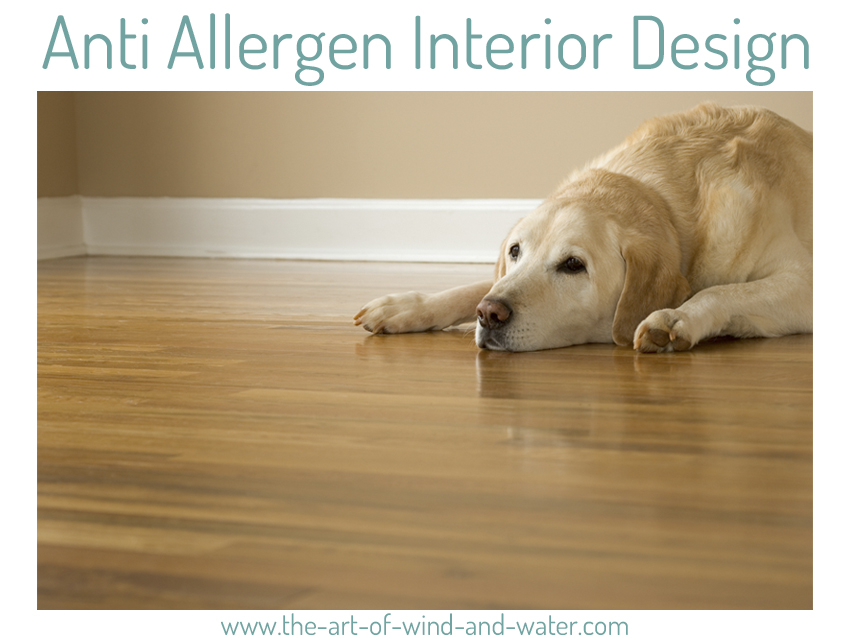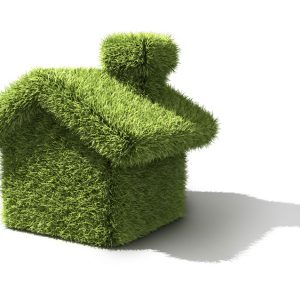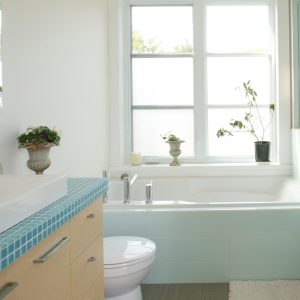
Anti Allergy Interior Design
On average, you spend approx 90% of the day inside. Did you know that being indoors is associated with a rise in allergies? You naturally stay indoors during cooler weather and may think your allergy problems will stop inside. Unfortunately a percentage of people will still suffer with similar allergic symptoms all year long. Indoor air allergens become trapped inside your home, especially when it is cold when all of the windows, doors and vents are closed. This increases the risk of sensitivity & reactions as the levels of airborne particles become concentrated.
Sources of home interior allergens
- Volatile organic compounds VOCs (off-gassing toxic chemicals)
- Fumes, gases
- Fine particles e.g. dust, pet dander, human skin/hair, textile fibres, food waste, soil, plant fibres
- Mites & insects
- Moisture, mould, bacteria and fungus
Contributing factors – building services
- Cleanliness
- Humidity
- Temperature
- Heating
- Cooling (air-conditioning systems)
- Ventilation
Contributing factors - materials
- Building materials, furniture, fixtures, fittings
- Wall treatments, paint, wall paper, wall coverings
- Surface finishes, decor
- Curtains & soft furnishings
- Types of flooring
- Cleaning equipment, Hoovers & household cleaning products
- Mattresses, pillows, duvets, blankets, bedding, bed linen, textile fibres

Seasonal
- Interior allergies vary across the seasons.
- Dust mites and pollen are abundant in the summer.
- Windows and doors are closed in the winter, which can increase symptoms from mould, bacteria, fungus, VOCs, dust and fine particles.
Symptoms
Allergens come into contact with your body through the eyes, nose, throat, lungs and skin. Irritants can cause different symptoms either immediately or over a period of time. You may suffer with the following symptoms and not have anything certain to pinpoint the cause. You may also become hyper-sensitive to other irritants.
- Respiration: wheezing, coughing, asthma
- Skin: irritation, itchy, dry, eczema, general skin complaints
- Throat: dry, sore, swollen, itchy, scratchy
- Eyes: sore, itchy, dry, watery, bloodshot, sticky
- Nose: runny, itchy, sneezing
- Feelings: tired, lethargic
- Head: headaches, dizziness
What can you do?
- Seek professional advice from your doctor.
- Determine the type of allergy by seeking the services of a professional immunologist to test the cause.
- Air flow is important within your home, keep each room well ventilated. This helps to lower the concentration levels of the allergens.
- Use allergy air filters within the home.
- When re-decorating, opt for paints and finishes that do not contain VOCs.
- When re-furnishing, avoid deep pile carpets and heavy fabric furnishings which trap dust and fine particles.
- Keep moisture/humidity levels to a minimum.
Anti Allergen Home Designer
As an anti allergen designer I focus on low allergy building and interior specifications which minimise known allergy factors. This means you can create a living space that has been specifically designed to avoid the conditions which trigger allergies/asthma and respiration conditions. An effective way to maintain long term health, well-being and quality of life.




